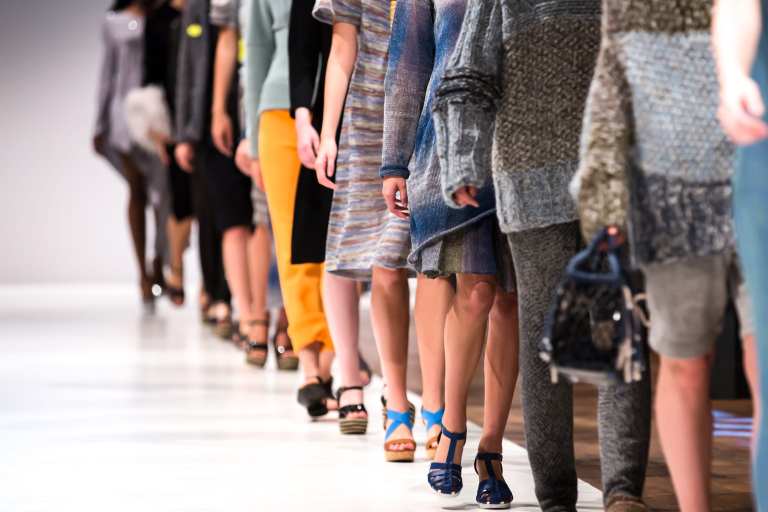Fashion Week 2020 Attracts A Different Cut Of Retailer

Used to be that you went to Fashion Week in New York to rub elbows with Tom Ford, Ralph Lauren and Stella McCartney. This year, however, the power positions are likely to be filled by Jeff Bezos, Denise Incandela and David Sykes.
You know one of them. As for the other two, Incandela is the head of fashion at Walmart and Sykes is the U.S. president of Klarna, a Swedish banking conglomerate that is trying, along with Afterpay and other buy now, pay later companies, to change the way fashion is sold. Overseas, Klarna touches 85 million customers. Klarna recently launched in the U.S. and has attracted more than 3,000 retailers to its partnerships. It has made fashion the sharp end of its spear for the U.S. launch.
Sykes believes the attraction of online companies and uber-retailers is simple at one level. Fashion, at the higher end, has good margins. But at another level, there’s that rubbing-elbows phenomenon. What brand doesn’t want to sit next to Beyonce or Kim at a fashion show?
“I see a couple of reasons why so many retailers have such a focus on fashion, and I do think that the primary reason is, of course, that’s where so many of our consumers show where they spend their disposable income,” Sykes said. “But on another level, everybody wants to get some of the shine of the business. It’s also typically fairly fast moving, but for Klarna it gets us close to great brands. We want those great brands to adopt Klarna.”
Klarna has melded New York Fashion Week glitz with experiential retailing this year. Its STYLE360 initiative will be dedicated to showing fashion presentations at Metropolitan Hall along with “see and shop experiences” over a two-day period — Tuesday, Feb. 11 and Wednesday, Feb. 12. This year’s attendees can shop designer collections in real time using Klarna. The brand will host a pop-up store where attendees can shop straight from the presentations on-site.
Walmart and Amazon are the most controversial and certainly most high-profile retailers knocking at the high-fashion door. Walmart has launched exclusive women’s lines in partnership with Ellen DeGeneres and Sofia Vergara. Amazon has expanded its third-party marketplace, which in 2018 accounted for about half of its retail sales and currently 87 percent of its fashion listings. It launched Amazon Fashion, which includes styling-service Prime Wardrobe and Personal Shopper by Prime Wardrobe, as an answer to Stitch Fix. Amazon also introduced The Drop for curated limited-edition streetwear styles and developed over 100 of its own private-label fashion brands.
The changes in fashion retail are being driven by three dynamics. The first is millennial preferences: A survey from millennial research firm Ypulse shows that the ages 23 to 36 segment wants to be casual at work and shop online for clothing. A full 72 percent said being able to dress casually is important to them when thinking about their career — and 42 percent said that it is very or extremely important. So where are they actually buying their work clothes? The top five responses were Target, online retailers, Kohl’s, Walmart and Amazon.
The second dynamic in play is payment options. As Klarna, Afterpay, Rent the Runway and other companies are showing, procuring clothing has moved away quickly from the credit card-only payment option. Fashion buyers want to rent, pay later or even return immediately. That doesn’t bode well for traditional fashion.
Finally, there is also a third dynamic driving changes in fashion retail, and that is department store and specialty trouble. Target’s apparel sales are through the roof, but Kohl’s recent earnings reports show women’s apparel is fading. Gap’s brands, including its Old Navy label, are struggling. Dressbarn has closed all of its 650 stores and Macy’s recently announced it would move toward retail formats that are more quick and casual than its mall stores.
“Young people, in particular, are changing the way that they shop,” said Sykes. “This is a generational change that is driving products like Klarna, and I think it’s catching retailers by surprise. When we launched I was surprised by the reception from retailers and I think they were surprised at our conversion rates. Behaviors are changing in terms of where people shop and how they pay. Our business model, which lets people pay later, will become table stakes.”